
Jo Edwards set up her clothing label in the 80s to finance her love of travel.
35 years later, her scarves sell all over the world.
Jo, did you always want to be an entrepreneur?
No, but I knew I wasn't going to have a normal career. I loved travelling and meeting people, so buying and selling products from the places I visited seemed an effortless way to make a living and finance my trips. It was a hobby which grew into a business.
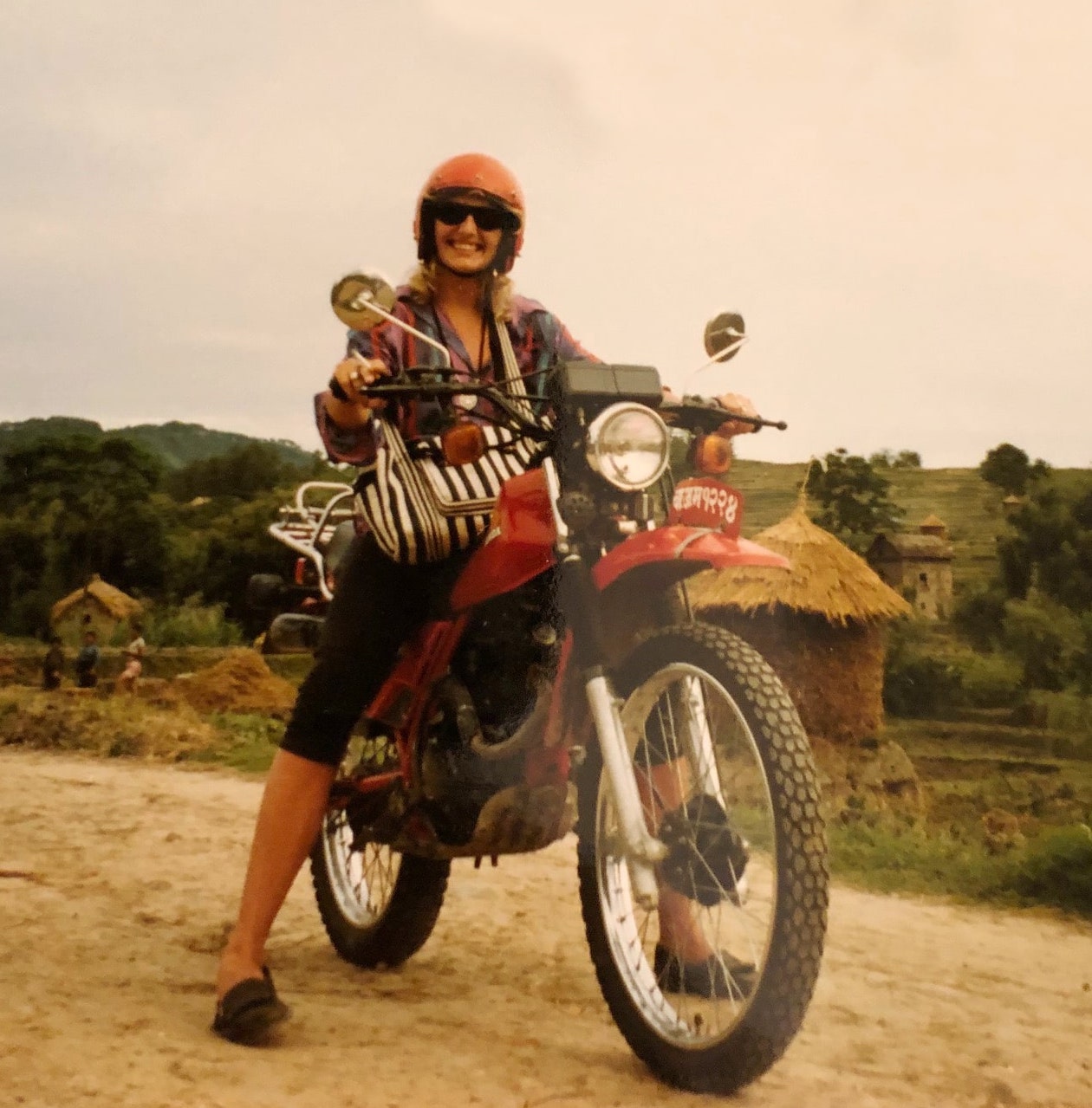
Looking for families to make jewellery in Katmandu in the 80s.
When did you realise that it had real potential?
It wasn't a moment, it was an organic process. When I started, I was making four trips a year to Asia, tracking down small, family-run businesses and buying textiles, jewellery, furniture and artefacts from them. There was no internet, no mobile phones and hardly any landlines. Faxes were in their infancy and would sometimes take eight hours to send.
I'd import everything back to the UK and start selling it, but at the same time I'd be planning the next buying trip. It was successful but extremely hard work. So after a couple of years, I made the decision to focus on textiles and founded the 'Jo Edwards' label to design scarves and kaftans.
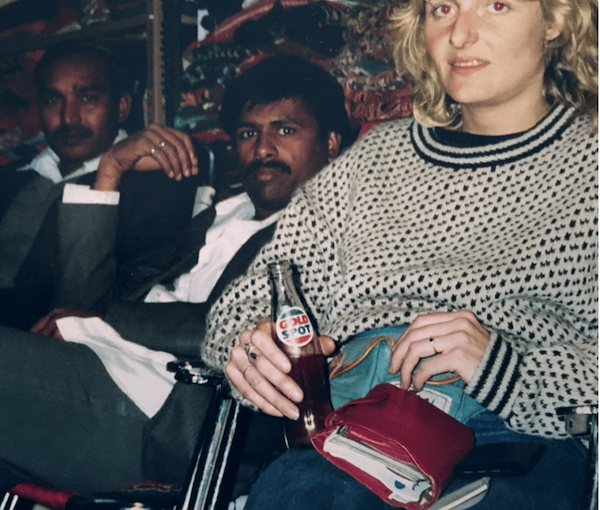
My first trip in 1985, drinking 'Gold Spot', a vile sweet take on Coca-Cola. You couldn't
buy bottled water or drink from the tap, but you had to stay hydrated.
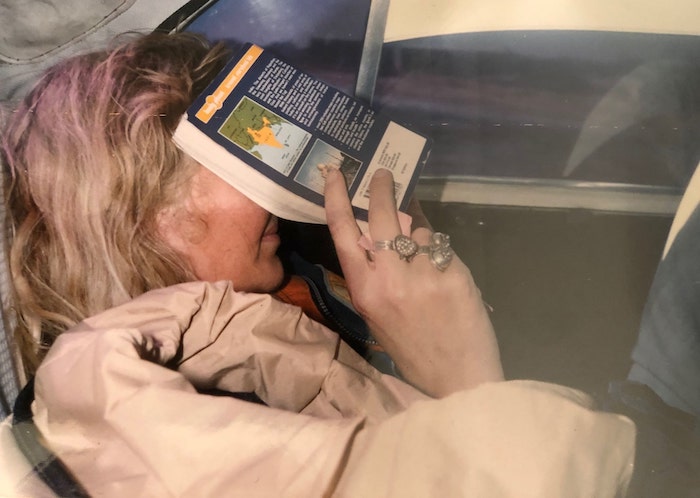
They have a different way of driving in India – I just couldn't watch the road!
How did you get the brand going?
I did a lot of exhibiting at trade shows, doing most of the donkey work myself with some trusted helpers. Retailers loved our designs and vibrant colours, and the fact that we used natural materials. Pricing was important – our scarves were affordable, and we built in a good margin for retailers. People forget that if you don't do that, retailers won't stock you.
Our scarves sold well out of the shops and we got re-orders, which gave me the confidence to bring out two collections a year and establish the brand.
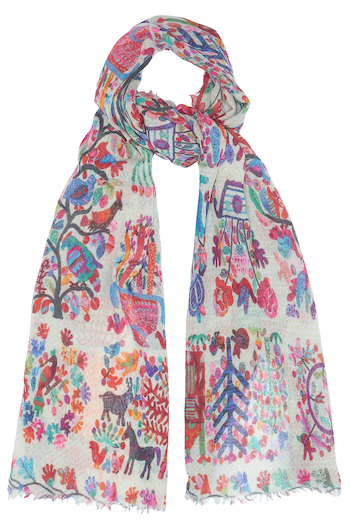
There are lots of companies selling products similar to yours now. How have you stayed ahead of the game?
It helps that we were one of the first in the market and developed strong relationships with retailers, but mainly it's because we are well-priced, have good designs, pay attention to detail, and are always bringing out new styles.
Do you still make everything in India?
Yes, we work with 5 small factories there. They are family-run with caring staff management and a strong community links.
Our key principle is to work with suppliers who understand the fair trade process. None use child or forced labour, there is no discrimination, all working conditions are safe and hygienic, and wages meet minimum legal levels. Providing that there is the desire to start on an ethical journey, we will invest in the supplier to help them achieve this.
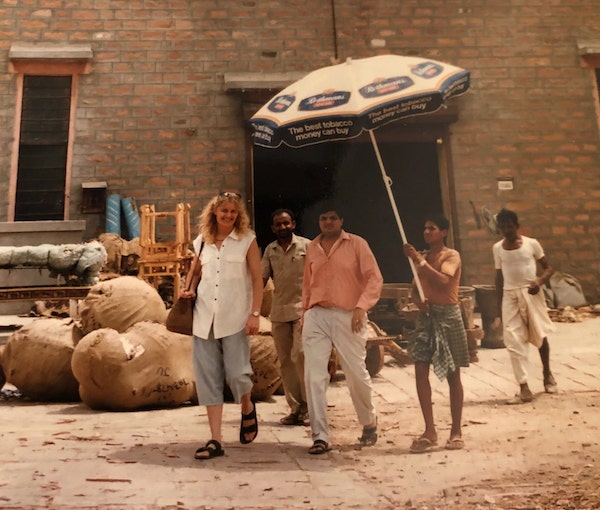
Visiting factories in the Thar desert in the 40c height of summer in the early 90s
You haven't been tempted to source from other countries?
No. India has amazing artisans and everything is hand-crafted which gives them an edge over machine-manufactured products from countries like China.
What's the worst business decision you've ever made?
Buying a 40’ container of iron candlesticks that arrived rusty and with the wrong finish!
And the best?
Concentrating on higher value products which are easily packed, stored and transported.
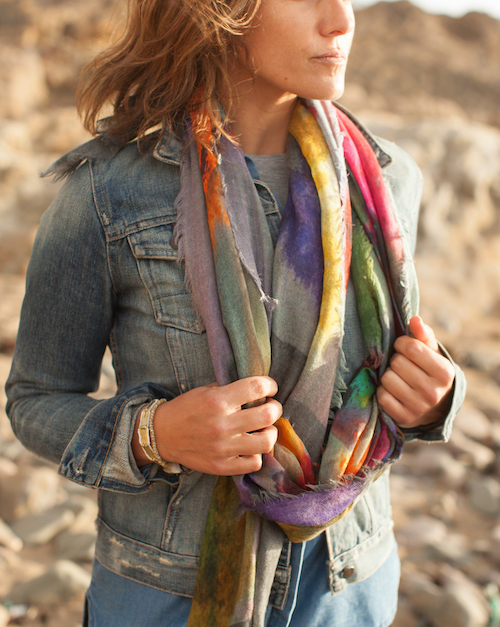
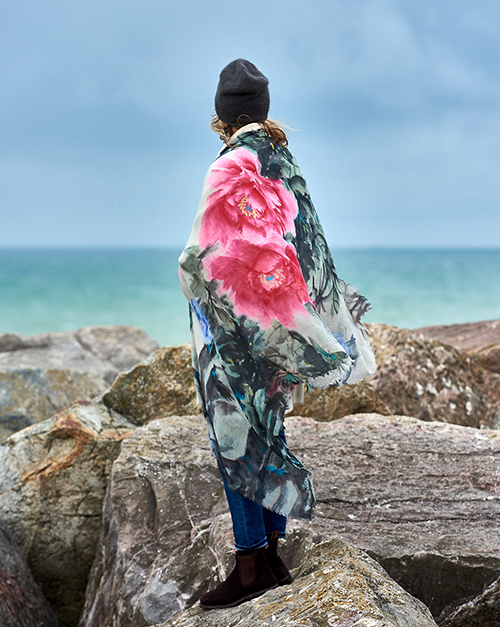
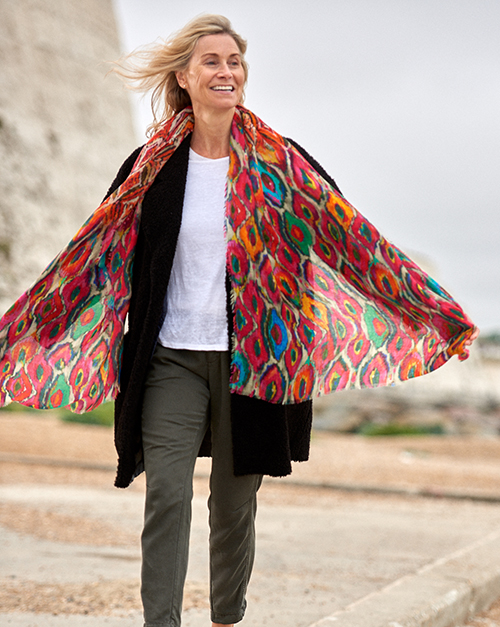
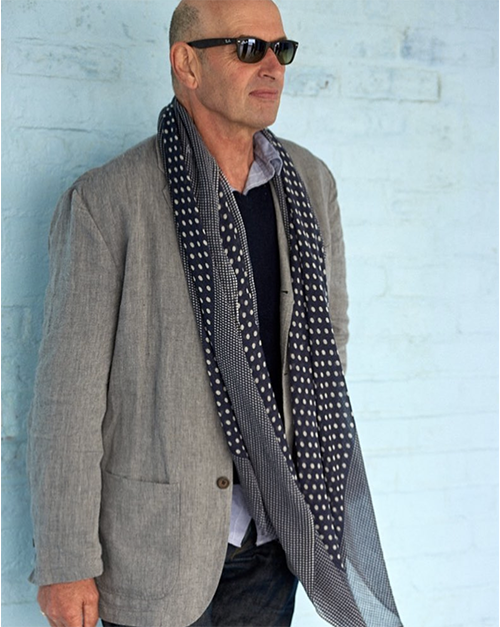
Tell us one business thing you're good at and one you're hopeless at?
Great at being creative with a business head; hopeless at public speaking!
Does the death of the High Street pose a threat?
We do a lot of sales online now but we also sell to lots of shops on the High Street, and if they die a part of my business will suffer which will be very sad.
Who runs the business now?
Still me, with some part-time friends who help with the shows, fairs, modelling, website, transport and packaging when required.
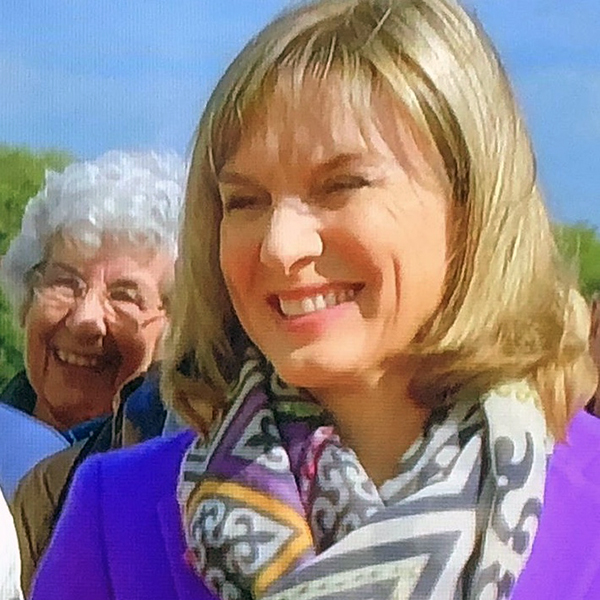
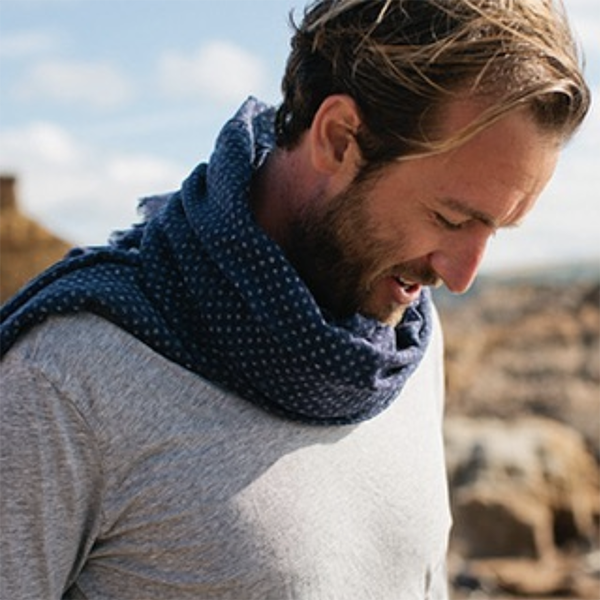
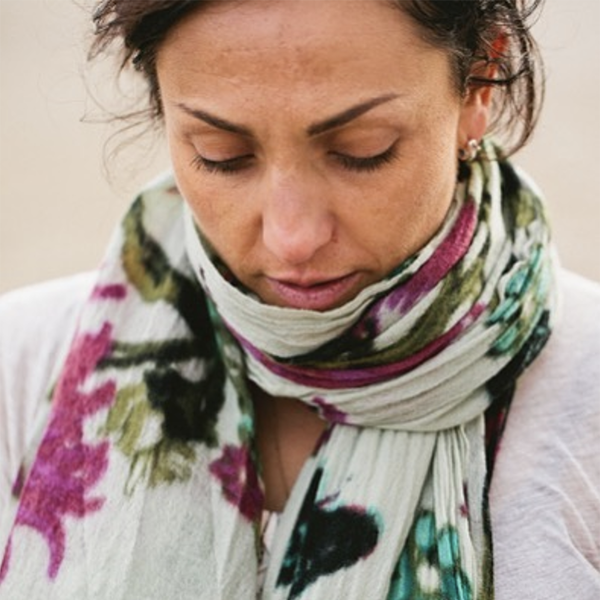
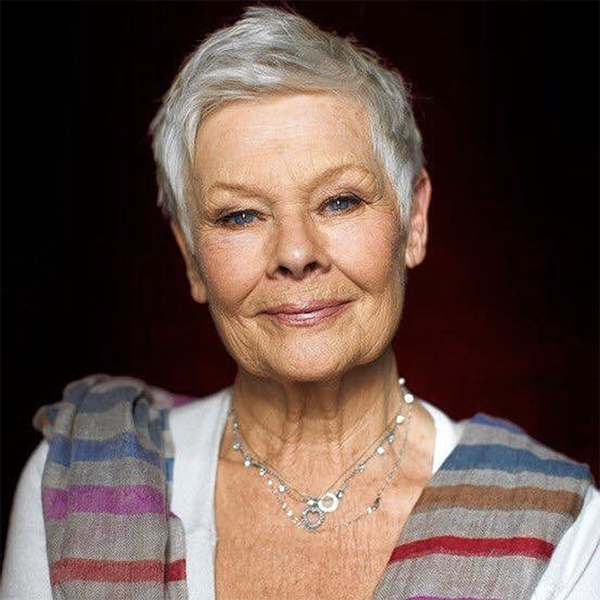
Lots of people want to start a clothing brand. What advice would you give them?
Make sure you have good margins, good quality and a marketplace for your product.
Thank you Jo!